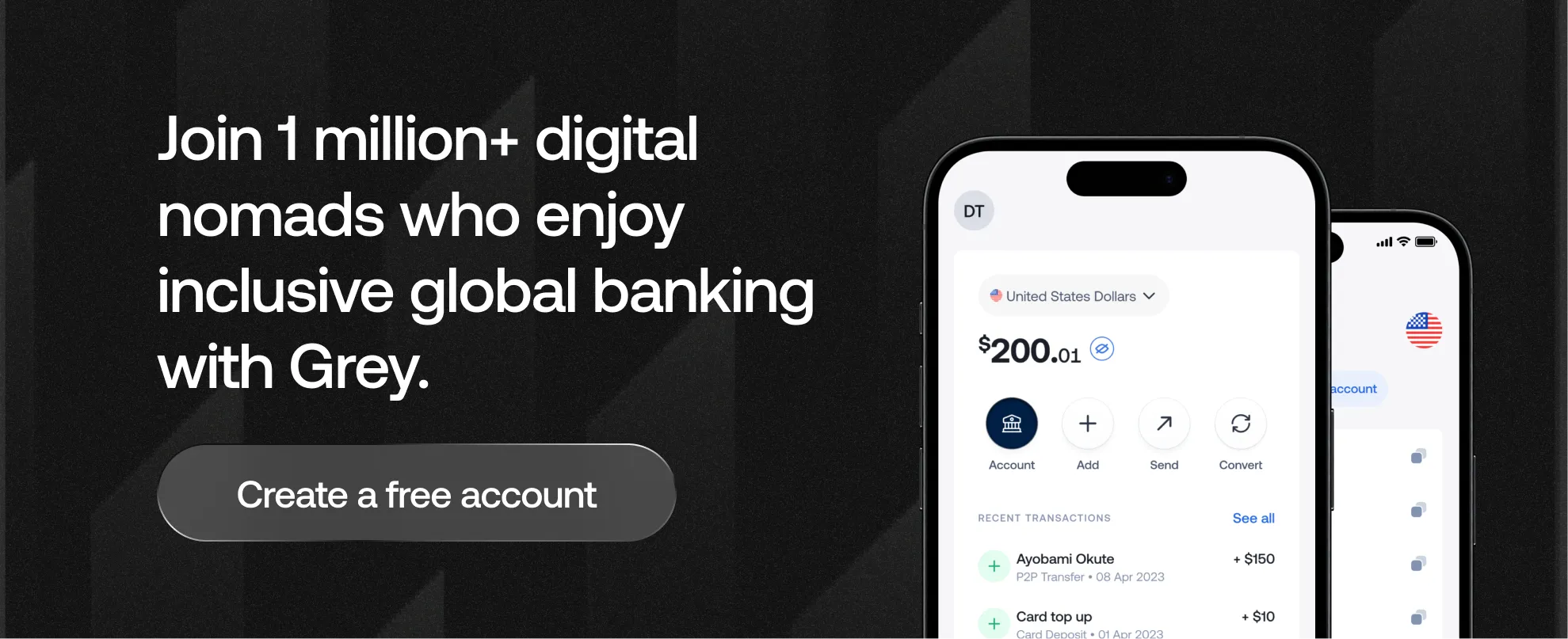

Managing your finances as a freelancer might seem arduous, especially when there’s no clear cash inflow and outflow trail. However, like every other small business, you need to pick up your accounting skills to sustain your business for long-term growth. In this post, we’ll share five top methods to help you improve your finances as a freelancer.
While saving and investing are the most popular ways to help you manage your finances and be better prepared for the rainy days, you need to start from the basics.
Some of the finance management methods you can start out with include;
The first step is to conduct an overhaul of your current financial situation. That’s because you can only improve when you have an existing knowledge of what’s wrong. It’ll also help you see improvements and other changes when you start managing your finances. So, to effectively understand your income and expenses, you need to;
Calculate your freelance income- How much do you earn from your freelance jobs? Create a spreadsheet to help you track income from your one-off clients and regular ones. Make a column and project the monthly payments you’d receive from your regulars.
Make another list for one-off clients and divide your expected income from this section into two. This will be your average income for both slow and good months. We recommend tracking the changes in your sheet over the next three months if you’d want a more accurate average.
Calculate your expenses - As a freelancer, you’d settle personal and business expenses. It’s important to know what these costs are so that you can budget better. Start by looking through your past financial statements to have an accurate ballpark figure when estimating.
Once you have a clear idea of how much you earn compared to how much you spend, you’re ready for step two.
While this might seem like common advice, budgeting is an effective way to manage your finances. It helps ensure you don’t spend too much during the good months and fail to compensate for it during the not-so-good months. Budgeting also enables you to track where you’re overspending and underspending.
Contrary to what most people think, your monthly budget shouldn’t just consist of your expenses. They should also involve your savings, investments, taxes, and miscellaneous expenses. This is why we recommend using the Zero-budget technique.
The zero budget technique means that your balance should be equal to zero at the end of your monthly budget and expenditures. It’s a very flexible budgeting style that allows you to restart a budget every month and assign expenditure categories based on the income you receive. So you can budget for emergency funds, savings, taxes, your investments, and other types of expense categories you need.
When you constantly mix up your personal finances and business expenses, it becomes harder to track business growth. So during a tax audit, you’d have to sort through endless amounts of blurred transactions to find what is what.
When you separate these accounts, it makes tracking your financial statements easier. You can easily see patterns in your freelance jobs and the income they individually bring in.
When opening a bank account for your business, we recommend opting for a foreign bank account. This is because, as a freelancer, you’re free to travel or quickly move around countries. And so you’d need a bank account that doesn’t require you physically visit a branch to authorize transactions.
Some things to look out for when opening a business account include;
Fortunately, with Grey, you can access all this and more. Open a foreign bank account today to get started.
Since your pay is closely tied to your project completion and client invoicing, it’s essential to sort both out on time. So spend time curating and scheduling your invoices on time so you can get paid early too. It’ll also ensure that you’re paying your taxes on time. Another great way to influence this is to reduce your invoice due time from 30 to 10 days.
Since you set the rules for projects and payments, ensure you clearly state your terms in the freelance or independent contractor agreement. You can even add a clause that tells your existing and potential clients they’d incur extra costs for late payments.
However, you should be professional about it. So give them a heads up before you start working on the project. Also, follow up with late payments sooner than later.
While all these tips are great ideas, they can seem daunting, especially when you’re doing them manually. Automating your budgeting and invoicing will help you stay on track while you can focus on actually getting the job done.
Tools like Quickbooks allow you to keep an eye on your bank accounts, track expenses and send out customized monthly invoicing. For savings and investments, we recommend setting up auto-save so that a certain percentage is deducted into your savings account. That’ll help you save money more consistently. You can also explore other tools that’ll be more suitable for your specific needs.
Bonus Point - Conduct regular monthly audits of your finances. The longer you leave your bookkeeping, the more the pile increases. Set some time to go through your payments, figures, and investments. They’d help you make better decisions in your next budgeting.
Asides from creating a virtual business account to help you manage your finances better, you should also consider keeping some of your long-term savings in a stable currency. The first step is by creating a foreign bank account. You can easily do this by opening an account with Grey. Start by downloading the Grey Mobile App. It’s available on both Google Play and the iOS App Store.




.svg)
Back to top